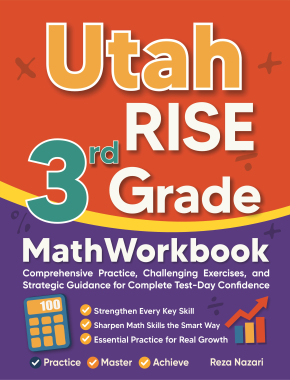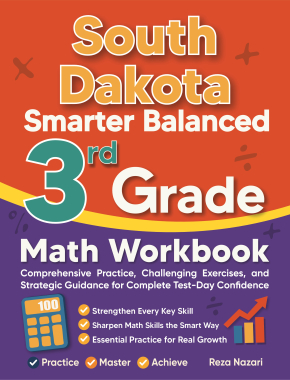How to Understand the Properties of Isosceles and Equilateral Triangles

- The angles opposite the equal sides are congruent.
- The altitude drawn to the base bisects both the base and the vertex angle.
- All interior angles are congruent and each measures \(60^\circ\).
- All altitudes (or heights) are congruent.
- Every equilateral triangle is also equiangular.
Examples
Practice Questions:
- Calculate the area and perimeter of an isosceles triangle with a base of \(14 \text{ cm} \) and legs of \(15 \text{ cm} \) each.
- Determine the height of an equilateral triangle with a side length of \(9 \text{ cm} \).
- Using the Pythagoras’ theorem, height \(h = \sqrt{15^2 – 7^2} = \sqrt{164} \approx 12.8 \text{ cm} \). Area \(= \frac{1}{2} \times 14 \times 12.8 = 89.6 \text{ cm}^2 \). Perimeter \(= 14 + 2 \times 15 = 44 \text{ cm} \).
- Using the area formula relationship, height \(h = \sqrt{9^2 – 4.5^2} = \sqrt{56.25} = 7.5 \text{ cm} \).
Original price was: $109.99.$54.99Current price is: $54.99.
Original price was: $109.99.$54.99Current price is: $54.99.
Original price was: $114.99.$54.99Current price is: $54.99.
Related to This Article
More math articles
- How to Use the Law of Cosines to Find Angle Measure?
- Maclaurin Series Fundamentals: Efficient Approximations for Common Functions
- How to Use Graphs to Write Proportional Relationship
- 3rd Grade MEAP Math Practice Test Questions
- How to Multiply a Polynomial and a Monomial? (+FREE Worksheet!)
- How to Solve Natural Logarithms Problems? (+FREE Worksheet!)
- How much Does It Cost to Retake the CBEST Test?
- Full-Length SSAT Upper Level Math Practice Test
- 3rd Grade PACE Math Worksheets: FREE & Printable
- Introduction to Complex Numbers: Navigating the Realm Beyond the Real




























What people say about "How to Understand the Properties of Isosceles and Equilateral Triangles - Effortless Math: We Help Students Learn to LOVE Mathematics"?
No one replied yet.